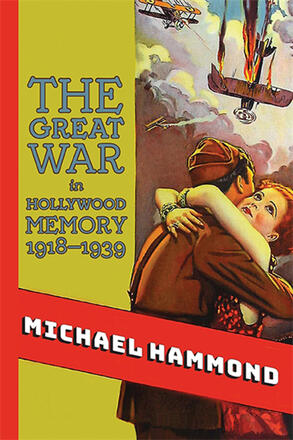
The Great War in Hollywood Memory, 1918-1939
Alternative formats available from:
Assesses how America's film industry remembered World War I during the interwar period.
Description
This is the definitive account of how America's film industry remembered and reimagined World War I from the Armistice in 1918 to the outbreak of World War II in 1939. Based on detailed archival research, Michael Hammond shows how the war and the sociocultural changes it brought made their way into cinematic stories and images. He traces the development of the war's memory in films dealing with combat on the ground and in the air, the role of women behind the lines, returning veterans, and through the social problem and horror genres. Hammond first examines movies that dealt directly with the war and the men and women who experienced it. He then turns to the consequences of the war as they played out across a range of films, some only tangentially related to the conflict itself. Hammond finds that the Great War acted as a storehouse of motifs and tropes drawn upon in the service of an industry actively seeking to deliver clearly told, entertaining stories to paying audiences. Films analyzed include The Big Parade, Grand Hotel, Hell's Angels, The Black Cat, and Wings. Drawing on production records, set designs, personal accounts, and the advertising and reception of key films, the book offers unique insight into a cinematic remembering that was a product of the studio system as it emerged as a global entertainment industry.
Michael Hammond is Associate Professor in Film History at the University of Southampton and the author several books, including The Big Show: British Cinema Culture in the Great War, 1914–1918.
Reviews
"…a timely and welcome exploration of how early Hollywood cinema depicted the Great War from 1918 until the beginning of WW II. The book is a superb mix of textual analysis, industry studies, star studies, and social history." — CHOICE
"Hammond's intelligent and insightful account of the formation of cinematic treatments of the Great War in America constitutes a major addition to the critical literature on film. It acts as a prism through which to see refracted multiple themes central to the social and cultural history of the inter-war years." — Jay Winter, author of War beyond Words: Languages of Memory from the Great War to the Present